Avicenna was a Persian polymath who is regarded as one of the most significant physicians, astronomers, thinkers and writers of the Islamic Golden Age. He has been described as the father of early modern medicine. Take a look below for 30 more interesting and fun facts about Avicenna.
1. Of the 450 works he is known to have written, around 240 have survived, including 150 on philosophy and 40 on medicine.
2. His most famous works are The Book of Healing, a philosophical and scientific encyclopedia, and The Canon of Medicine, a medical encyclopedia which became a standard medical text at many medieval universities and remained in use as late as 1650.
3. In 1973, Avicenna’s Canon of Medicine was reprinted in New York.
4. Besides philosophy and medicine, Avicenna’s corpus includes writings on astronomy, alchemy, geography and geology, psychology, Islamic theology, logic, mathematics, physics and works of poetry.
5. There is only one known autobiography of Avicenna’s life, recorded by one of his students, and without other texts to compare to it is impossible to know how much of it is accurate.
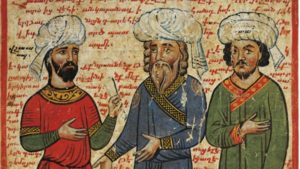
6. According to his autobiography, he was born in a village in modern-day Uzbekistan, in the summer of 980 CE.
7. His father was a governor and a scholar in the region, which led to Avicenna receiving a very thorough education, at which he excelled due to his intelligence and astounding memory.
8. His great memory led to his ability to memorize and recite the entire Quran by the age of ten.
9. While he was still a teenager, Avicenna undertook a complex study of Aristotle‘s works and an accompanying commentary by al-Farabi. This led to his interest in philosophy, and his habit of praying in the mosque over difficult conundrums until he came to a resolution.
10. By the age of 16, he began studying medicine and became a physician by the age of 18, likening the study and understanding of medicine to be less difficult to comprehend than math or other fields.
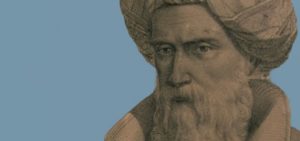
11. He achieved wide acclaim for his ability to treat patients, and often didn’t require payment for his services.
12. By 997 CE, Avicenna had treated and healed the emir, Nuh II, from a dangerous disease and was therefore appointed his personal physician.
13. His position as a personal physician to Nuh II allowed him unlimited access to the royal library, as well as to the patrons of learning who frequented it.
14. Following the fall of the Samanid dynasty, Avicenna spent the next many years wandering from position to position in search of opportunities to learn and write.
15. His texts were used in medical schools throughout medieval scholarly institutions, and were still in use as medical textbooks as late as 1650.
16. When Avicenna was 22 year sold, he lost his father.
17. The last ten to twelve years of Avicenna’s life were spent in the service of the Kakuyid ruler Muhammad ibn Rustam Dushmanziyar, whom he accompanied as physician and general literary and scientific adviser, even in his many campaigns.
18. During the last years of his life, Avicenna began to study literary matters and philology, instigated, it is asserted, by criticisms on his style.
19. He wrote extensively on early Islamic philosophy, especially in the subjects of logic, ethics, and metaphysics, including treatises named Logic and Metaphysics.
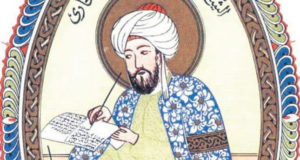
20. Most of his works were written in Arabic, which was then the language of science in the Middle East, and some in Persian.
21. Avicenna’s commentaries on Aristotle often criticized the philosopher, encouraging a lively debate in the spirit of ijtihad.
22. His Book of Healing became available in Europe in partial Latin translation about 50 years after its composition, under the title Sufficientia, and some authors have identified a “Latin Avicennism” as flourishing for some time, paralleling the more influential Latin Averroism, but suppressed by the Parisian decrees of 1210 and 1215.
23. Avicenna’s psychology and theory of knowledge influenced William of Auvergne, Bishop of Paris and Albertus Magnus, while his metaphysics influenced the thought of Thomas Aquinas.
24. Avicenna made an argument for the existence of God, which would be known as the “Proof of the Truthful”.
25. He argued that there must be a “necessary existent”, an entity that can’t not exist and through a series of arguments, he identified it with God of Islam.
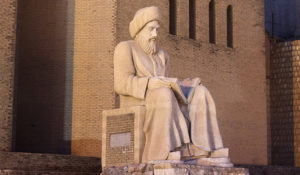
26. He was a devout Muslim and sought to reconcile rational philosophy with Islamic theology.
27. His aim was to prove the existence of God and His creation of the world scientifically and through reason and logic.
28. Avicenna’s views on Islamic theology were very influential, forming part of the core of the curriculum at Islamic religious schools until the 19th century.
29. Avicenna’s most important Persian work is the Danishnama-i ‘Alai.
30. He created new scientific vocabulary that had not previously existed in Persian.

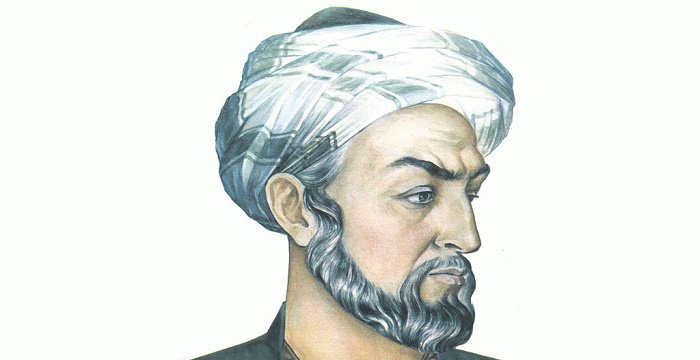



One Comment
Pingback:
July 5, 2018 at 11:56 am